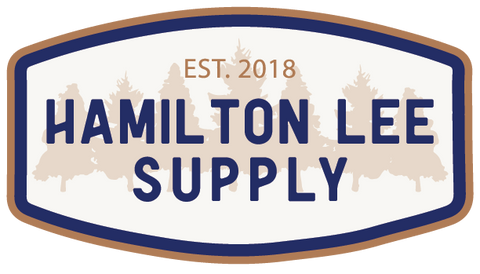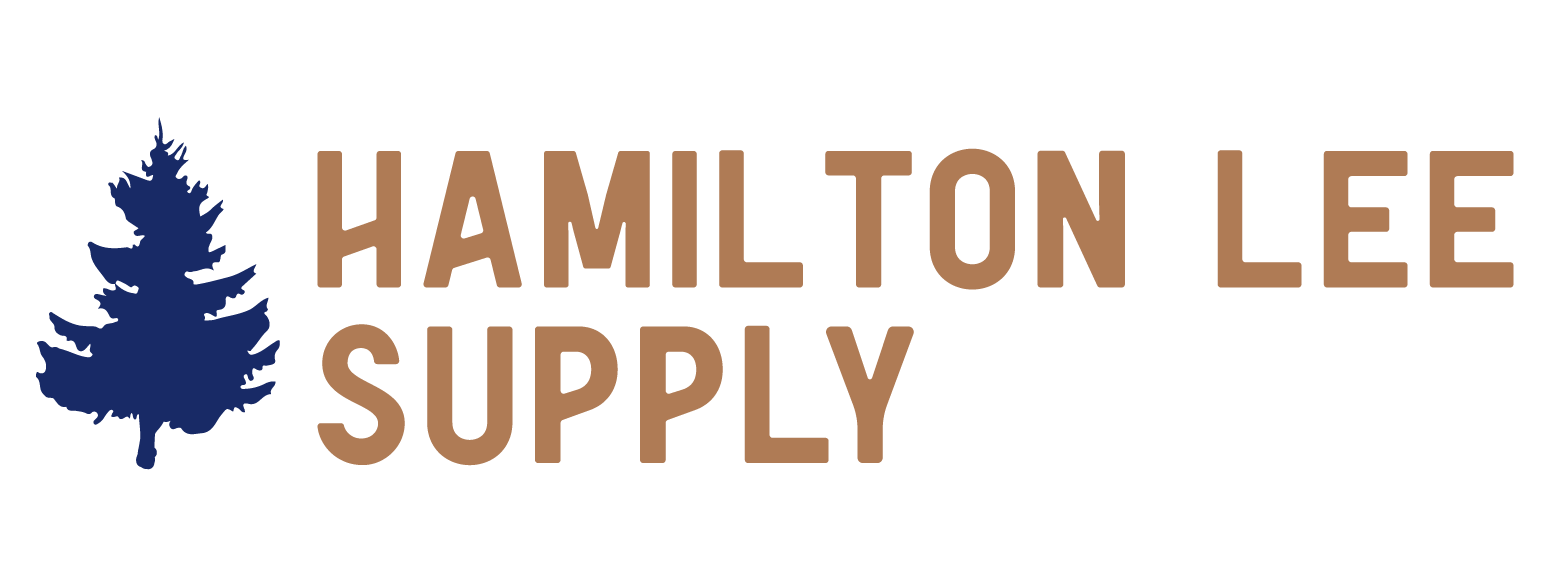LiveEdge Madrone
Couldn't load pickup availability
Species: Madrone
SKU: BGRFMD394
Length: 30.5"
Width (Bottom): 26"
Width (Middle): 32"
Width (Top): 16"
Thickness: 2.25"
Board Foot: 11.76 BDFT
Weight Estimate: 49 Pounds
Origin: Battleground, Washington
Shipping Information:
-Slab Ships From: Battle Ground, Washington
-All slabs are subject to freighted shipping. Once purchased, we will contact you via email or phone to coordinate and secure the best negotiated shipping rate for your location. Shipping costs are based on your zip code, residential/commercial address classification, and whether a liftgate/forklift is required.
If you can't find a slab that perfectly fits your needs among our listed options, feel free to reach out to us directly. We can check our inventory for additional slabs that may suit your preferences.
Contact Information:
-Email: info@hamiltonleesupply.com
-Phone: 360.601.8388
Transform your vision into reality with our remarkable Live Edge slabs. Embrace the artistry of nature in your next woodworking project and create a unique masterpiece for your home.
Crafted with precision and attention to detail, this kiln-dried slab is project-ready, ensuring minimal wood movement and cracking. Our state-of-the-art iDry vacuum kiln removes moisture, guaranteeing its suitability for your project right away.
Please note that as each tree is unique, no two slabs are alike. This individuality guarantees that your furniture piece, whether it's a table, shelf, or any other creation, will be truly one-of-a-kind.
At Hamilton Lee Supply, we are committed to preserving and reusing stunning wood materials. Our focus on sustainability means that every slab tells a story and contributes to a greener future.
Commonly known as Madrone or Pacific Madrone
Scientifically identified as Arbutus menziesii
Native to the western coast of North America
Typically reaches heights of 5080 feet (1524 meters) with trunk diameters of 23 feet (0.61.0 meters)
Average dried weight is 50 pounds per cubic foot (795 kilograms per cubic meter)
Exhibits a specific gravity of 0.58 (green) and 0.79 (12% moisture content)
Boasts a Janka hardness rating of 1,460 lbf (6,490 N)
Demonstrates a modulus of rupture of 10,400 lbf/in² (71.7 MPa)
Displays an elastic modulus of 1,230,000 lbf/in² (8.48 GPa)
Possesses a crushing strength of 6,880 lbf/in² (47.4 MPa)
Shrinkage characteristics: radial 5.6%, tangential 12.4%, volumetric 18.1%, T/R ratio 2.2
Color and appearance: Madrone wood tends to be a cream or pinkish brown color, sometimes with dark red patches. It is known for its burl veneer, characterized by closelypacked clusters of knots and swirled grain.
Grain and texture: The grain is typically straight, with a very fine and even texture.
Endgrain: Madrone exhibits semiringporous or diffuseporous characteristics. It has solitary and radial multiples of small pores, with no specific arrangement. Heartwood deposits may occasionally be present, while parenchyma is absent. The rays are narrow to medium with normal spacing.
Rot resistance: Madrone is rated as nondurable to perishable in terms of decay resistance.
Workability: Madrone is easy to work with both machine and hand tools, similar to Hard Maple. However, it can be challenging to dry, with a tendency to warp or twist. The wood is excellent for turning and takes stains and finishes well. It is essential to ensure that waterbased glue joints are thoroughly dry before further machining to avoid subsequent sunken glue lines.
Odor: There is no characteristic odor associated with Madrone.
Allergies/Toxicity: There have been no specific health reactions associated with Madrone beyond the standard risks associated with wood dust. Refer to the Wood Allergies and Toxicity and Wood Dust Safety articles for more information.
Pricing and availability: Madrone burl veneer is highly prized and expensive. Madrone lumber, when available, is also costly for a domestic wood species and is comparable in price to other premium domestic hardwoods like Cherry or Walnut.
Sustainability: This wood species is not listed in the CITES Appendices or on the IUCN Red List of Threatened Species.
Common uses: Madrone is primarily used for decorative veneer, turned objects, and small specialty items. It is also used as firewood and for charcoal production.
Comments: Madrone burl is particularly prized for its decorative qualities in veneer form. The wood is dense and finelygrained, resembling fruitwoods in appearance. It burns efficiently and produces longlasting heat, making it suitable for firewood and charcoal production. The botanical species name, menziesii, honors Scottish botanist Archibald Menzies, who discovered the tree during the George Vancouver Expedition in 1792. This name is also applied to Douglasfir (Pseudotsuga menziesii).







